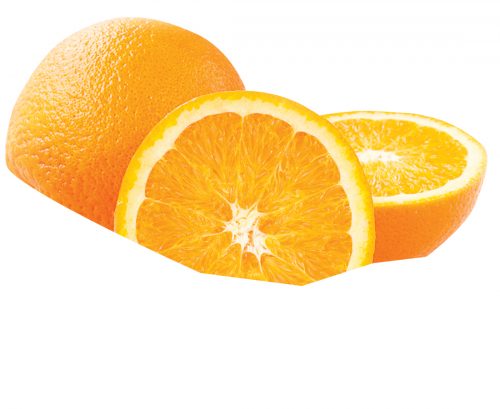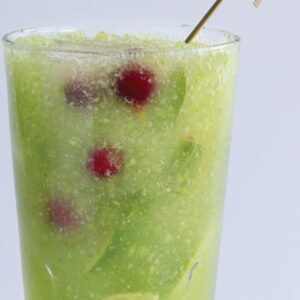
Milan red top turnips
A firm favourite since Roman times, turnips are nowadays typically used in French and Japanese cooking. From a palate perspective, if you want a more delicate flavour turnips are best eaten when young and tender. However, if it’s a stronger flavour you’re after then go for older turnips. When planting, turnips do well near peas and members of the onion family but tend to compete for resources if planted near other root vegetables. These vegetables are ideal for the winter months, grated into warm salads or mashed into soups and casseroles.
One cup of cooked turnip contains just 53kJ (13cal), 10mg vitamin C and 1.9g fibre.
Recipes
Warm roasted new potatoes and baby seasonal vegetables
Roasted vegetables with seared beef and mustard cream
Navel oranges
Grandma’s go-to for a vitamin C kick, navel oranges are in season from June to December, making them a well-timed winter fruit. During the Age of Discovery, they helped sailors avoid scurvy (which is the result of vitamin C deficiency) on long sea trips. While they are grown in sub-tropical or semi-tropical regions, the New Zealand navel orange is mainly supplied from Gisborne with 75 per cent of the country’s total grown in the region.
These citrus fruits tend to not have seeds, which resulted in farmers having to use techniques like cutting and grafting to grow new trees. Eating navel oranges fresh is best, since juicing them can release limonin monolactone (found in the flesh) which, once in contact with the acidic juice, slowly converts to limonin and makes the juice bitter.
One orange provides 72mg vitamin C – that’s 38 per cent of the suggested dietary target for women and 33 per cent for men. They’re also a good source of folate and potassium. Another good reason to eat the whole orange is you’ll get 2.6g fibre.
Recipes
Moroccan lamb with toasted Brussels sprouts
Fresh this month
Harvested in New Zealand gardens in August
Vegetables
Broad beans, broccoli, Brussels sprouts, cabbage, carrots, cauliflower, celeriac, celery, fennel, Jerusalem artichokes, kale, leeks, lettuce, yams, parsnips, radishes, rhubarb, silver beet, swedes, turnips, watercress
Herbs
Chives, marjoram, mint, oregano, rosemary, sage, thyme
Fruit
Grapefruit, lemons, Satsuma mandarins, navel oranges, tamarillos, tangerines
Article sources and references
- Maier VP & Beverly GD. 1968. Limonin monolactone, the nonbitter precursor responsible for delayed bitterness in certain citrus juices. Journal of Food Science 33https://onlinelibrary.wiley.com/doi/abs/10.1111/j.1365-2621.1968.tb03661.x
- National Health and Medical Research Council and Ministry of Health. Recommendations to Reduce Chronic Disease Risk, nrv.gov.au/chronic-disease/ summary Accessed June 2019https://www.nrv.gov.au/chronic-disease/
www.healthyfood.com










